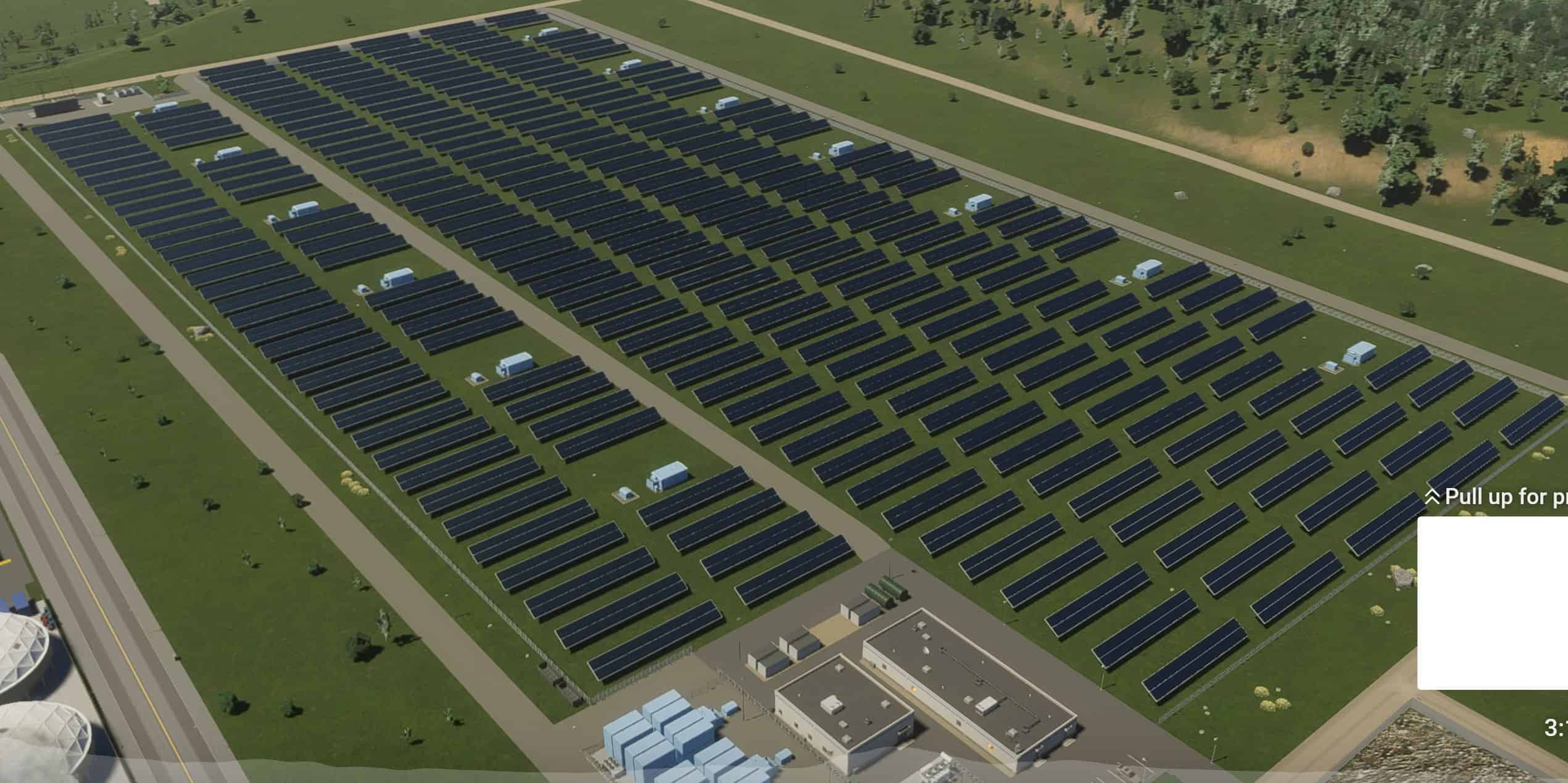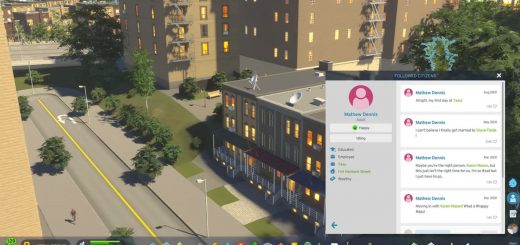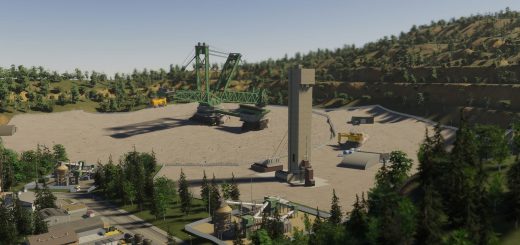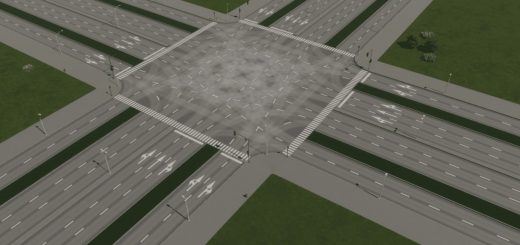Cities Skylines 2: Electricity Production
City planners have multiple avenues to electrify their cities. Local power plants are a primary source, producing electricity right within city limits. However, we’re not limited to local resources; we can also engage in energy trade through Outside Connections. If the city’s power supply wanes, it will automatically tap into neighboring grids, provided there’s a connection to Outside Connections. Conversely, if we’re generating surplus power, we can feed it back into the network, potentially turning a profit. Though importing energy can pinch the city’s pockets, it’s a valuable fallback during peak demand times. On the other hand, exporting excess power can cushion operational costs. To further stabilize the grid, Emergency Battery Stations and battery-boosted power plants can hold excess power, releasing it during high-demand periods.
Opting for local energy production is both cost-effective and reliable, safeguarding the city against external fluctuations. Depending on their energy source, power plants fall under various categories: fossil fuels, renewables, and nuclear. The fossil fuel plants are fueled by coal, oil, or gas—resources that can either be sourced from local specialized industries (like Ore and Oil zones) or imported. Renewable energy plants, on the other hand, harness nature’s bounty: sun, wind, geothermal forces, and flowing water.
As cities expand, so does their energy appetite. However, it’s not just population growth that dictates demand. Climatic shifts play a significant role too. Scorching days crank up air conditioning units, while chilly weather necessitates heaters, both leading to heightened power consumption. The sweet spot for energy usage is when the climate is just right—neither sweltering nor freezing.






